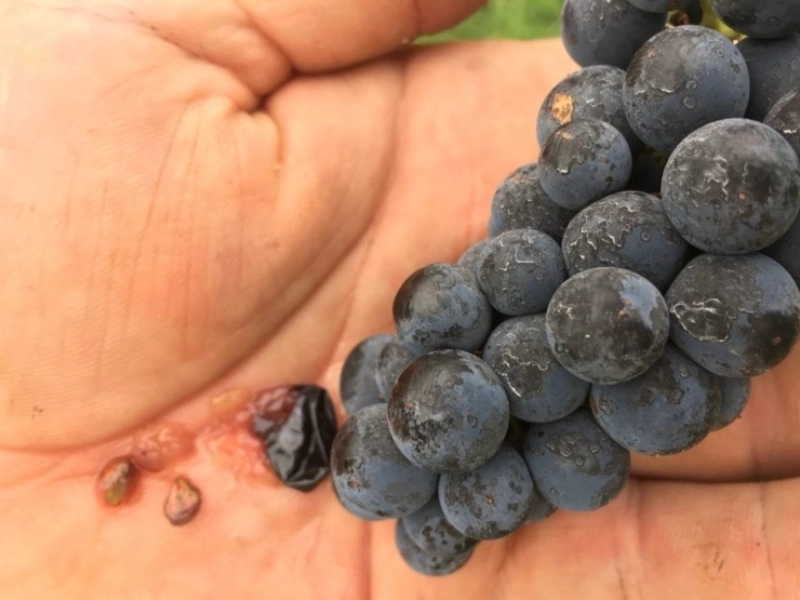Wine Enthusiast's Guide: How to Choose the Perfect Table Grap
Advertisement
3. Visual Cues for Grape Quality

Advertisement
Anybody who enjoys wine or grapes has to be rather skilled in visually evaluating grape quality. Grape look can provide a lot of information on their general quality, maturity, and freshness. Looking at a bunch of grapes, first consider the general state of the cluster. A good bunch should seem plump and tightly linked to the stem. The stem itself should be green and flexible, not brown or brittle, which would point to inappropriate storage or age. Pay then particular attention to the individual grapes. Whether they are black, green, or red, high-quality table grapes should have a constant hue all through the cluster. Search for grapes with a vivid, rich colour and a faint frosty bloom on their skin; this natural, waxy covering preserves the fruit and indicates freshness. Steer clear of grapes exhibiting any kind of discoloration, such brown patches or paleness areas, since they can point to damage or overripeness. Furthermore crucial is the grape's form; they should be plump and round rather than shrivelled or deflated. If you can see the seeds through green grape skin, this usually denotes their especially delicious and ripe nature. But be careful with grapes that seem very transparent; this could indicate they are overripe. Look for a deep, even hue free of any green undertones for red and black variants to imply underripeness. Remember that, when it comes to grapes, larger isn't always better; occasionally smaller types might carry more taste. Your ability to improve your visual assessment will help you to rapidly find the most promising bunches of grapes, therefore guaranteeing a delicious taste. Also consider how the grapes on the market or shop are presented generally. High quality grapes are those that are kept at proper temperature, free from too much handling, and clearly presented. Look for bunches shown in a single layer instead of stacked high since this lowers the damage risk. Condensation on the grapes or their packaging can point to temperature swings that might compromise quality. Finally, be careful to gently rotate the bunch over to check the bottom; occasionally, overripe or flawed grapes can be hidden from first view. Furthermore worth mentioning are some surface flaws or size variances within a bunch that don't always point to poor quality. Actually, these might occasionally be indicators of organically cultivated grapes, which have great flavour but seem more rustic. Visual assessment of grape quality should take variety into account as, at optimal ripeness, various types of grapes exhibit different visual traits.
You May Like
Advertisement

